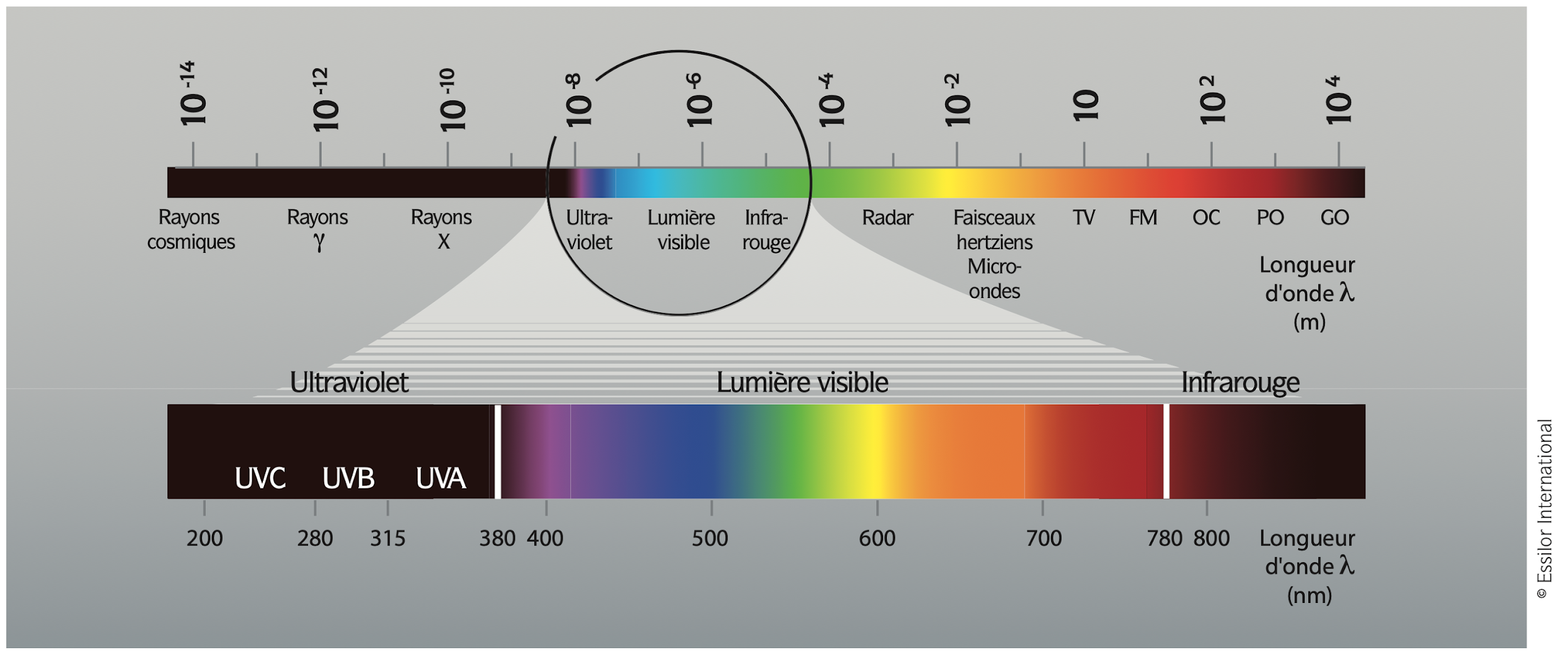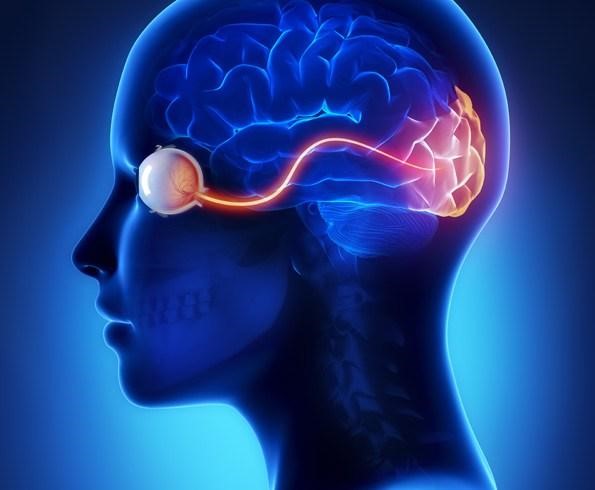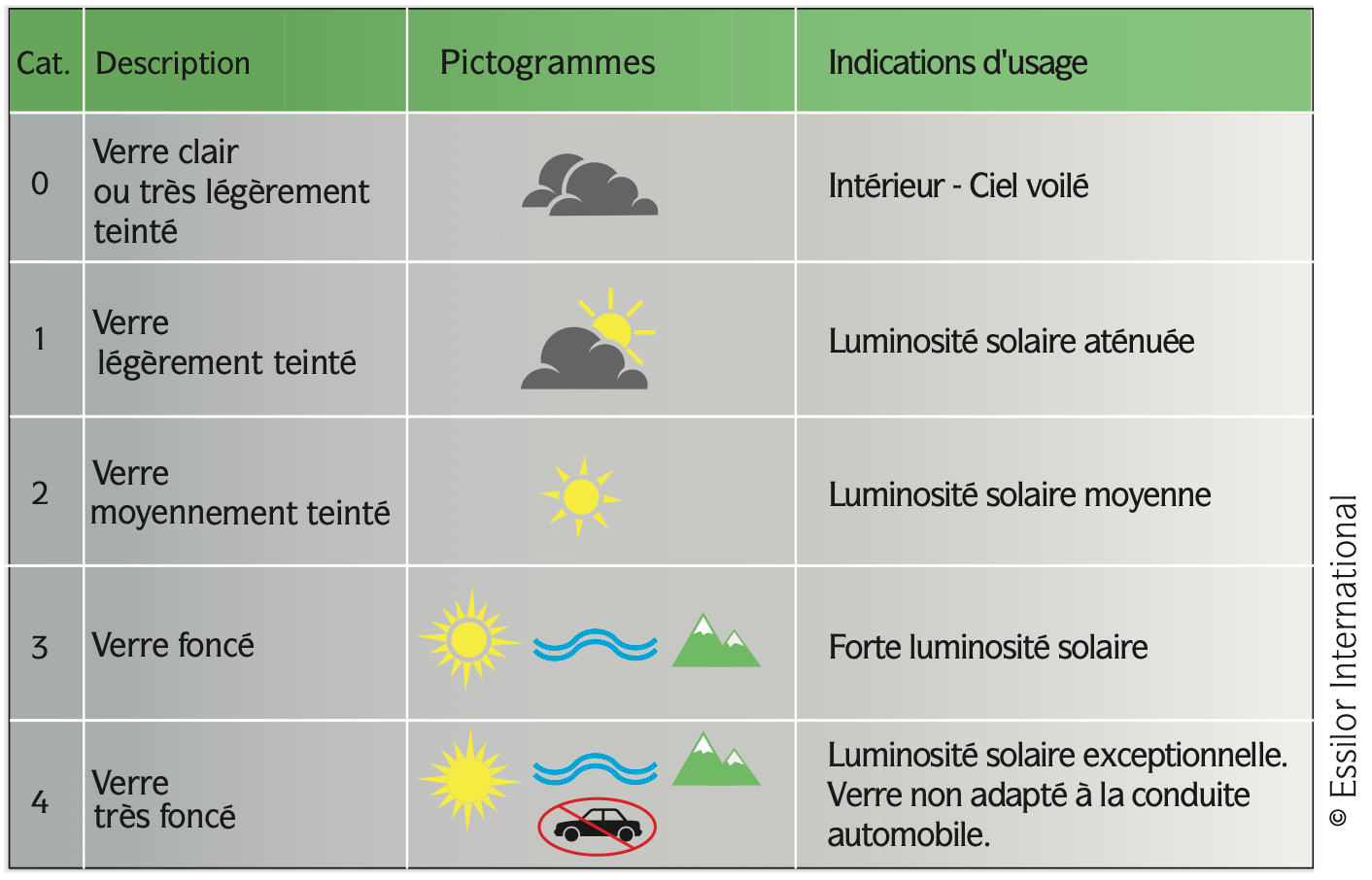To understand how to choose the colour of your sunglasses, you need to know few things about light and vision.
The light
Daylight is composed of electromagnetic waves that oscillate between 380 and 780 nanometers: this is the visible spectrum. On either side of these waves, there are others that we use every day but that we can not (fortunately) see: X-ray, UV, Microwave, FM radio, ...

These waves are captured by the retina at the back of our eye, just like a camera sensor would receive light at the back of its lens. The light is thus transformed into an electrical signal that will stimulate the visual areas of our brain! It is our brain that sees, our eyes only capture the light!

Visual defects
Visual defects (short sightedness (myopia), farsightedness (hypermetropia), and astigmatism) are related to the anatomy of our eyes.

Concerning myopia, the sharp image is focused forward our retina, therefore we have to move forward to see clearly, while concerning hypermetropia, we must accommodate thanks to the internal muscles that squeeze the lens of the eye to make the focus right.
Astigmatism is a mix of both problems because the cornea is not spherical (round). Indeed, it is rather shaped like a rugby ball: the light is then divided into 2 focal lengths, which make the images blurred, whatever the distance...
But, let's go back to the lens choice
The first function of sunglasses is to protect against UV rays that penetrate deep into the eye and cause premature aging, cataract or age-related macular degeneration (AMD). Nowadays, sunglasses that you can find in the shops (specialized retailers) all filter 100% of UV’s. It is the quality of the material used to manufacture the lenses that will make the filtration. The Polycarbonate and NXT-Trivex that we use filter 100% of UV rays.
The 2nd function is to fight against glare and provide comfort! It is the category of the glass: 2, 3, or even 4 that will indicate the amount of light that the filter will let go through. The higher the category, the less light the lenses let go through!

Last, the 3rd function is to provide contrast. Indeed, depending on the colours of the tinted filters and the environment in which they are used, sun lenses improve your visual performance. This point is very important because it will contribute to the quality of your decision-making in the practice of your sport.
Vision in sports
For example, in golf, everything happens on the green. You can appreciate the slope of the course thanks to the shadows and reflections on the grass. If you wear polarized lenses, you will see beautiful colours but not the slope! To do this, you need to wear lenses with a tint that is on the opposite side of the dominant tint of the environment, in order to increase the contrast: a pink to the brown lens.


When you go for a bike ride for several hours, you need visual comfort. That's why you should choose lenses that will adapt to different light conditions: photochromic lenses. They will be dark under the sun and lighter in the undergrowth or gray weather conditions. If it rains or if you come home at dusk, it will become almost clear if you choose our Cat. 0 - 3 Photochromic lens.
The danger in the high mountains is the high concentration of UV rays due to the reverberation. Therefore, you must wear sunglasses with a lot of coverage and, if possible, protective shells on the sides and the nose to block all possibilities of light passage. The lenses should be Category 4 with a mirror coating to further reduce glare.
Be careful, once you enter the valley, this type of glass is prohibited for driving because it is too dark!

Finally, the tint of your lenses is also a matter of taste…
You will probably prefer Grey or Grey-Green tints when you are hypermetropic (the reason comes from the fact that the natural focus of the image in the eye of a hypermetropic is behind the retina. The tones at the beginning of the visible spectrum, close to blue, are therefore those best perceived...)
Myopes will prefer warmer tones close to orange and red and will wear brown glasses.
The best thing is to try several tints to find the one that suits you best!
